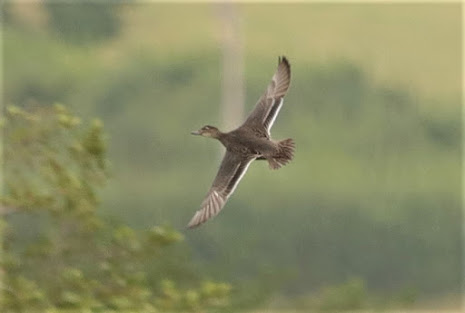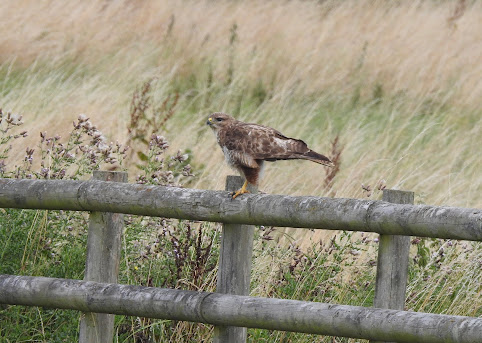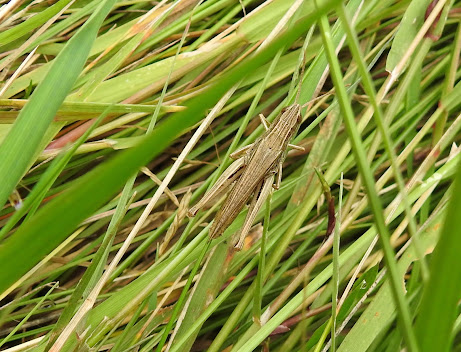This morning Dave was able to join me and we headed to the flash field to see if the Marsh Harrier was still present. En route we met @Eskimoden and his wife who were making their first visit to Morton Bagot and were trying to work out where the flash field was.
We pointed them in the right direction and found Mark Clarke was already there. So that was a lot of photographic kit on show, all we needed was the bird. Actually Mark had already photographed it and pretty soon it showed reasonably well.
I took some pretty dull video in the hope I could work out how to make it viewable from a phone.
The URL is https://youtu.be/RyTEMS4MN74 but as you have probably worked out, I have no idea what I'm doing, so if it still can't be seen on a phone then I'm out of ideas.
 |
| Marsh Harrier |
There seemed to be more or less the same numbers of birds present as on Sunday, which made it a bit annoying that I couldn't locate the Garganey. I wouldn't be surprised if its still here as only about three quarters of the Teal flock was available for scrutiny.
Also present were six Snipe, four Green Sandpipers (Andy Owen had five on Monday), a Shoveler, and at least 57 Mallard.
 |
| Snipe and Lapwings |
Shortly after we left the others we spotted one of two Kingfishers recorded during the morning.
 |
| Kingfisher |
It remained in view just long enough for this shot, but had moved on as I was about to backtrack to tell the others.
The strip of crops and bushes in the weedy field harboured five Whinchats and a couple of Whitethroats. A Grey Wagtail (maybe two) flew over, but we only got the calls and didn't see it/them. Our last good bird came at Netherstead where a Hobby shot past at close range.
It's good that Morton Bagot is once again on the birding map in a small way.
PS Dennis Stinton has confirmed the continued presence of the Garganey with a brilliant in flight shot (plus cropped version) which I can share on this blog. He also took some excellent Marsh Harrier shots.
 |
| Teal and Garganey - per Dennis Stinton |
 |
| The Garganey (cropped) - per Dennis S |
 |
| Marsh Harrier - per Dennis Stinton |
 |
| Marsh Harrier - per Dennis Stinton |
Perhaps I need to invest in a bigger camera...and some training !





































